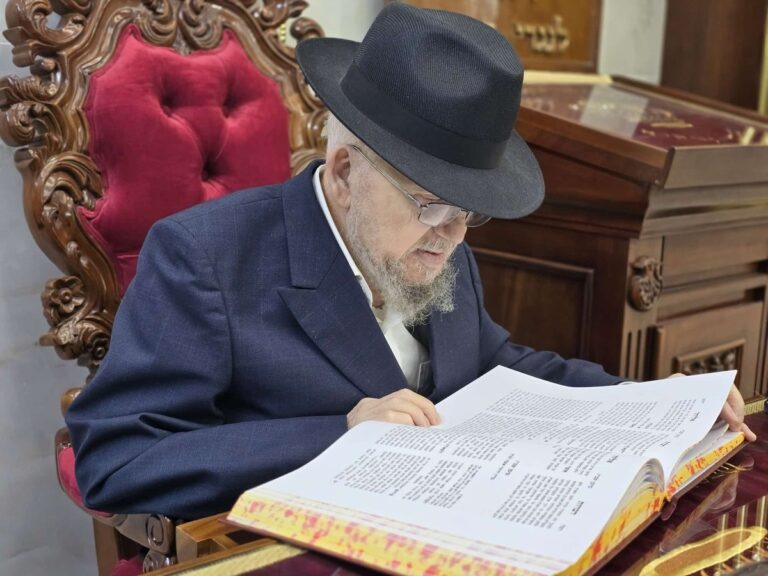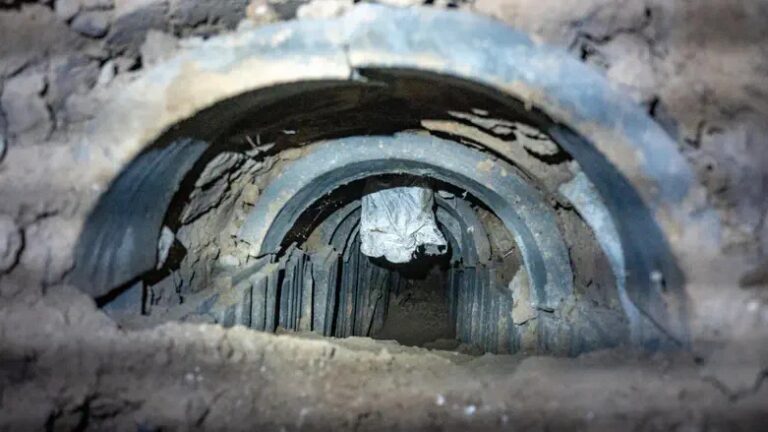 The U.S. State Department’s diplomatic security branch has mismanaged its $1 billion fleet of armored vehicles used to transport personnel and dignitaries so that the program “continues to be at significant risk for fraud, waste and abuse,” according to the department’s inspector general.
The U.S. State Department’s diplomatic security branch has mismanaged its $1 billion fleet of armored vehicles used to transport personnel and dignitaries so that the program “continues to be at significant risk for fraud, waste and abuse,” according to the department’s inspector general.
One allegation of fraud surfaced last month as a State employee was accused by the Justice Department of diverting 12 vehicles to a Springfield, Virginia, car-repair shop for resale and pocketing some of the profits, the audit said. Auditors also warned of poorly maintained vehicles at embassies — with systemic low-tire pressures and significant ballistic-glass delamination — “creating safety concerns and wasting taxpayer money.”
“Equally troubling, the program is not fulfilling its intended mission, which is to ensure overseas posts have a reasonable number of armored vehicles that offer enhanced levels of protection,” according to the audit. “Some posts do not have a reasonable number of armored vehicles.”
Convoys of hulking black Chevy Suburbans carrying officials and dignitaries are an everyday sight — and afterthought — around U.S. embassies worldwide and in Washington. Yet State Department Inspector General Steve Linick said virtually every aspect of the program has major flaws — from some tardy handling of embassy requests to excessive inventories parked in Maryland and Virginia to overseas maintenance and disposal.
State’s security office “did not effectively administer” the program, seeing itself as a “service provider” procuring vehicles rather than as the program manager that ensured effective purchase, distribution, field maintenance and disposal of armored vehicles worth an average of about $150,000 apiece, according to the audit. Bloomberg News obtained the audit after it was sent to the staff of Secretary of State Rex Tillerson and lawmakers.
The audit outlines a potential management mess for Tillerson and the type of potential waste President Donald Trump has said he wants to eliminate. “The lack of clarity in the management structure” has “lead to ad hoc program management and significant deficiencies,” the audit said.
The State Department’s Bureau of Diplomatic Security owns about 4,500 vehicles dispersed worldwide and to U.S. offices, with the largest fleet in the Near East. The department has spent about $1 billion since 1998 buying vehicles, with half the expenditures coming since 2016. The most common vehicles are BMW, Cadillac and Chevy sedans as well as Chevy Suburban SUVs and Express vans.
Then-Diplomatic Security Director Director Gregory Starr wrote Linick in a Dec.22 response that “while the report spotlights several administrative shortcomings” it’s “unbalanced in that it offers no mention of the efforts underwayduring the inspection” between Starr’s office and State logistics officials “to bolster” fleet management and maintenance.
Starr, who resigned Jan. 20 with the change of administration, said he agreed with Linick’s recommendation that the Diplomatic Security division develop and implement a detailed armored vehicle program plan “with clear goals and objectives.”
Still, Starr strongly disagreed with the audit’s thrust because it failed toacknowledge the “abundant examples of armored vehicles deployed by Diplomatic Security being instrumental in saving the lives of our diplomats.”
“Uniformly, these vehicles have provided the necessary protection to safeguardour personnel,” withstanding improvised explosives, small arms fire, rocket-propelled grenade strikes and mob assaults. “These simple facts underscore the fundamental efficacy of this program,” Starr wrote.
Even as some embassies lacked sufficient numbers, 200 vehicles deemed excess and valued at $26.4 million were transferred without reimbursement since 2015 to other U.S. agencies such as the Defense Intelligence Agency, Federal Bureau of Investigation and Marshals Service, the audit said.
Another 259 vehicles as of May 2016 were parked unused for over a year in storage lots in Front Royal, Virginia, and Hagerstown, Maryland. State incurred$25 million in costs associated with idle vehicles, the audit said.
The inspector general said the $51.4 million represented “wasted expenditures” as “at least 26 overseas post reported not having a sufficient number of armored vehicles.”
The audit said “there is a possibility that the unused or transferred armored vehicles” could “have been utilized by the posts.”
The U.S. embassy in Amman, Jordan, had one vehicle for every 29 people while the Cairo embassy had one for every 10 people, according to data gathered by the inspector general. Both are considered “high-threat, high-risk posts,” the audit said. The U.S. embassy in Tel Aviv had one vehicle per 21 employees.
In contrast, the U.S. embassies in Port-au-Prince, Haiti, and Jeddah, Saudi Arabia, had approximately one armored vehicle for every two people though the locations “are not designated as high-threat posts,” the audit said.
Linick’s inspectors also uncovered examples of inordinate delays when embassies formally requested vehicles. The process State’s diplomatic security office has in place for tracking overseas requests “was unreliable, inefficient and ineffective,” the audit said.
Auditors during a physical inventory of vehicles at State’s Front Royal, Virginia, storage facility in April 2016 found an unarmored van that was supposed to be fortified and delivered to the U.S. Embassy in Athens that officials ordered in 2012.
Similarly, State officials at the Bogota embassy ordered 10 Chevy vans for its motor pool during 2013 and 2014. The basic vehicles were delivered in 2014 in the U.S. for armoring but as of June 2016, “the vehicles remained unarmored in domestic storage,” the audit said.
Auditors during their inspections of vehicles parked in Hagerstown “identified multiple Chevy Express vans” in storage since 2010 that “could have been used to fulfill” the Bogota embassy request.
(c) 2017, Bloomberg · Anthony Capaccio










